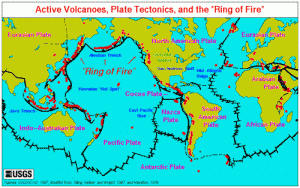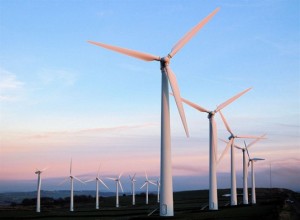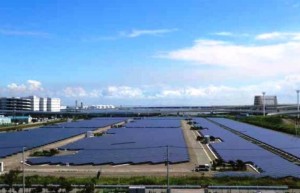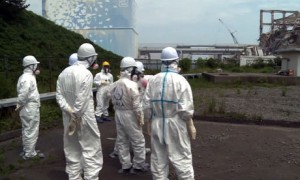TOTO, the top commode manufacturer in Japan, just unveiled an insane poop-powered motorcycle topped with a toilet that will travel across the island nation to promote company’s “Green Challenge” of reducing emissions 50% over the next five years. Dubbed the Toilet Bike Neo, the vehicle runs on biogas that is produced by an on-bike toilet, communicates in Japanese using LED lights, plays music, and TALKS. That’s right folks, poop and ride.
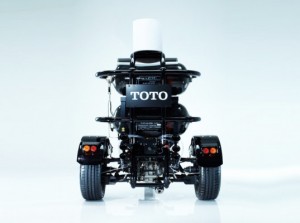
 Follow
Follow